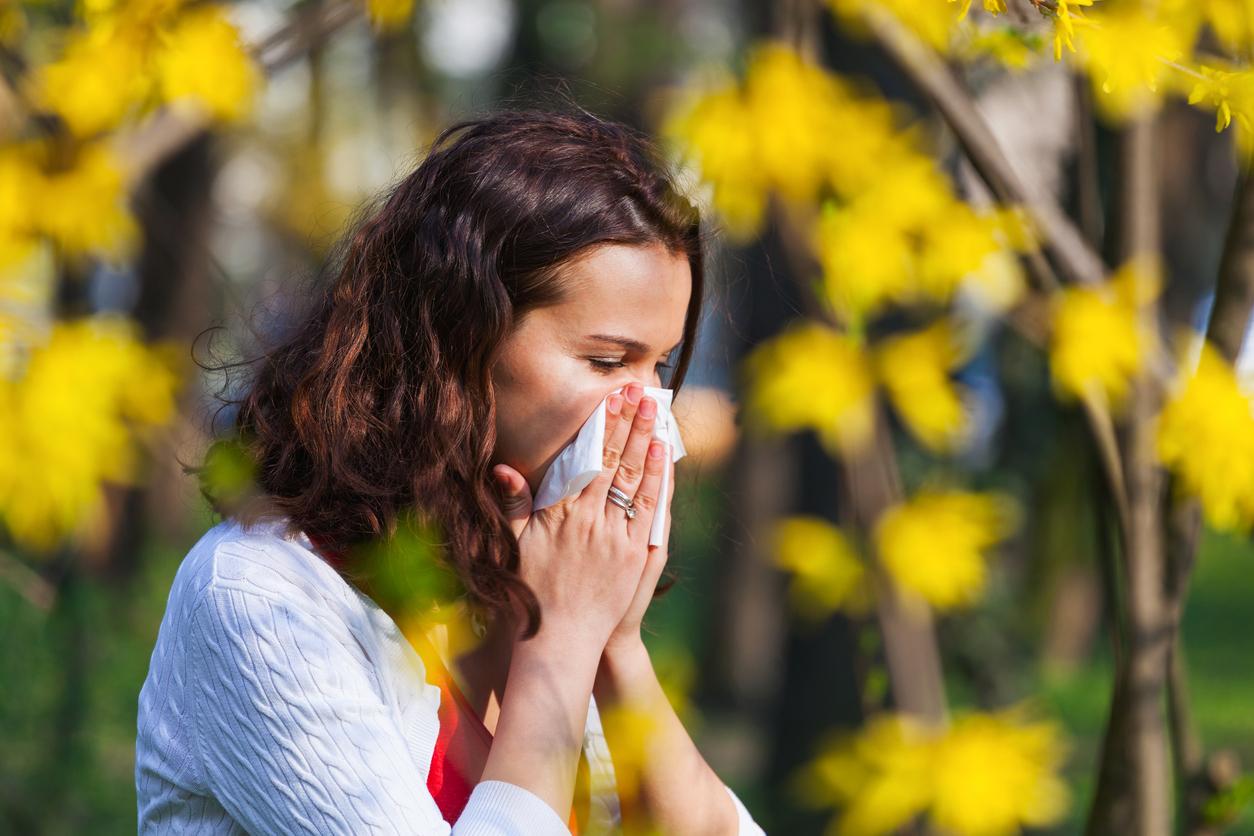- What does a wasp look like?
- How to recognize a wasp sting?
- What is the difference with a bee sting?
- What symptoms?
- How to deflate a wasp sting?
- What to do in case of allergy? How to treat?
- Aspivenin pump: effective?
- When to consult?
- How to relieve with natural remedies?
- How long does the swelling last?
- How to avoid wasp stings?
What does a wasp look like?
The wasp is often confused with the bee. However, she displays a good silhouette finer and slender than the latter. She is also much less hairy. On the other hand, it displays the same dress where black and yellow bands alternate. The wasp usually measures around 2 cm.
How to recognize a wasp sting?
A wasp sting causes a local edema. Therefore, the area is red and swollen. The instant pain also helps distinguish the wasp sting from that of other insects.
What is the difference with a bee sting?
The wasp sting is easily differentiated from that of the bee. With the latter, you indeed find the stinger stuck in the skin. Serrated, it remains hooked, causing the tearing of the bee’s abdomen and its death. The wasp, on the other hand, does not lose its stinger, which allows it to sting several times. Like bees however, only female wasps sting.
What symptoms?
If the victim is not allergic to wasp venom, the sting only causes local reactions: swelling, redness and pain. The appearance of itching depends on the victims. Symptoms only last a few hours. In case of multiple bites (20 in adults or 4 in children), the symptoms are more intense and can be accompanied by fatigue, dizziness, diarrhea…
How to deflate a wasp sting?
You can approach the sting of a heat source in order to destroy the venom, or on the contrary opt for a cold approach with the application of an ice cube on the sting to relieve and help the tissues to retract.
What to do in case of allergy? How to treat?
An allergic reaction to a wasp sting is impressive: significant swelling (more than 10 cm), difficulty breathing, discomfort, chills… You must then go to the emergency room or contact the emergency services. The injection of adrenaline is then effective.
Aspivenin pump: effective?
Aspivenin is effective if used soon after the bite (within 3 minutes), when the venom has not yet spread too much in the body. However, it does not eliminate all of the injected venom, but can avoid a lethal dose or relieve pain. However, the aspivenin pump cannot be used on the mucous membranes, eyelids or genitals.
When to consult?
It is recommended to visit your doctor if the pain does not subside 24 hours after the wasp stingor if you notice any signs of infection : fever, headache, joint and muscle pain…
How to relieve with natural remedies?
Heat and vinegar are two weapons to neutralize the effect of venom in the event of a wasp sting. Spike lavender essential oil and the cold have analgesic properties. Baking soda, mixed with water and applied as compresses, is effective against itching.
How long does the swelling last?
When all goes well, the swelling associated with a wasp sting does not last more than 24 hours. Beyond that, it is recommended to consult a doctor.
How to avoid wasp stings?
To avoid being stung, remain calm when a wasp is nearby and do not kill it with your bare hands. Also avoid staying near meatopen soda cans or an area of overripe fruit.
Sources:
- Ameli.fr
- Poison Control Center
- Stings of bees, wasps, hornets and ants, The MSD Manual
- bites from insects and other animals, Vidal
- How the ASPIVENIN® pump works
Read also:
- Bumblebee sting: symptoms, how to relieve it?
- Chigger sting: how to recognize it? What to do ?
- Spider bite: what to do?

















